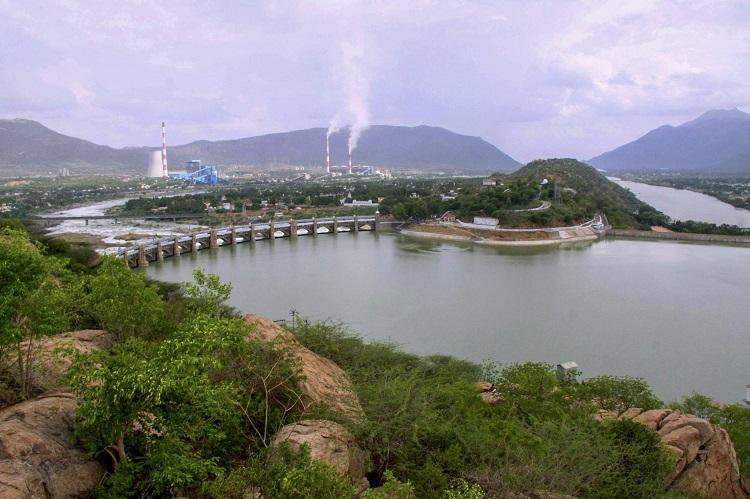
As COVID locks factories, 2% of India’s water needs trickles down to reservoirs

The country, which witnesses acute water scarcity during the summer months, sparking disputes among states, has saved 23 billion cubic meters (BCM), almost 2 per cent of its total annual water consumption this year, due to the COVID-induced nationwide lockdown, according to figures released by the Central Water Commission (CWC).
A steep decline in water consumption has been observed due to the two-and-a-half-months long lockdown which brought industrial activities across the country to a grinding halt.
Replenished reservoirs
According to CWC, the country has 123 water reservoirs of which 43 have hydroelectricity generation plants. The total storage capacity of these reservoirs stands at 171.09 BCM.
The current storage in these reservoirs is at 55.83 BCM as of June 4 including an additional 23 BCM (70 per cent of total storage) compared to the 32.8 BCM of water in same period in 2019.
Also, the current live storage is 66 per cent extra than the corresponding average of the last 10 years.
A region-wise analysis shows that reservoirs in the southern region including Andhra Pradesh, Telangana, Karnataka, Kerala and Tamil Nadu have twice the storage than the last year. Currently, these states have 12.7 BCM of water compared to 6.3 BCM in 2019.
The storage has only slightly dropped from 7.7 BCM to 7.4 BCM in the northern states of Himachal Pradesh, Punjab and Rajasthan. There is thrice the amount of water in reservoirs than the last year in the western region including the states of Maharashtra and Gujarat which have been suffering from frequent droughts. The two states are the most industrialised and financial engines of the nation.
Eastern and central India has one-and-a-half times extra water storage this year. States in the region together have 23.5 BCM of water compared to 14.7 BCM last year. These regions include the eastern states of Jharkhand, Odisha and West Bengal, the north-eastern states of Tripura and Nagaland and the Uttar Pradesh, Madhya Pradesh, Uttarakhand and Chhattisgarh in the central region.
Rivers return to sparkling glory
All river basins also have extra water than expected, as a result of which no state had to declare drought this year. The lockdown has also reduced the pollution level in rivers, making their water suitable for bathing and drinking in several stretches.
According to Central Pollution Control Board dashboard, 27 out of 36 water quality monitoring points in Ganga were found suitable for bathing and propagation of fishery. Many stretches have also reported having met the standards of drinking water.
Similarly, many other rivers in the country too reported a positive change in the quality of water. Rajasthan Pollution Control Board (RPCB) too has drafted a similar report on improvement of water quality in various lakes and rivers in the state.

